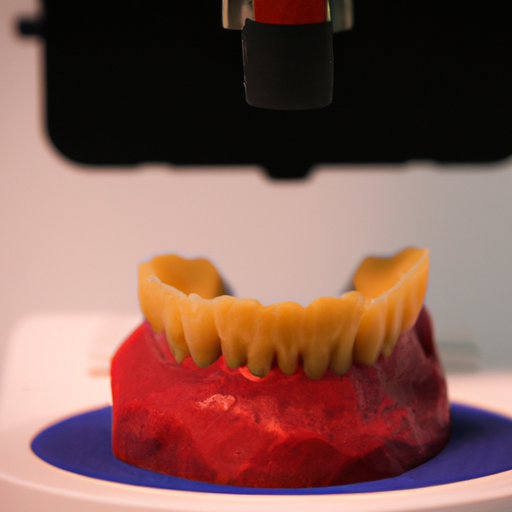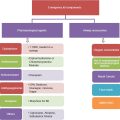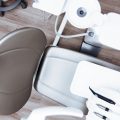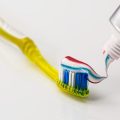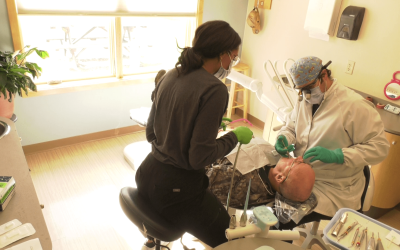In a recently conducted study by the American Dental Association (ADA), the use of 3D printing in dental practice was explored. The study discovered that although the current usage of 3D printing in dentistry is relatively low, those who have implemented it reported enhanced efficiency and reduced costs. The primary goal of the study is to inform current users about the experiences of other users and to advise non-users about the potential benefits of this innovative technology. The survey, which collected responses from 277 members of the ADA Clinical Evaluators Panel, revealed that only 17% of participating dentists currently utilize a 3D printer in their practice, with 67% of those using it for less than two years. Common applications of 3D printing in this field include complementing other digital technologies, improving efficiency, and reducing costs. However, the survey also highlighted software and printing failures as the most common problems encountered with 3D printing. Non-users cited reliance on a laboratory, high financial investment, and a lack of perceived benefit as their reasons for not adopting this technology.
Current Use of 3D Printing in Dental Practice
The current use of 3D printing in dental practice is relatively low, according to a recent study conducted by the American Dental Association (ADA). However, those dentists who have adopted this technology reported improved efficiency and reduced costs in their practices. This article aims to provide information about the current use of 3D printing in dental practice, informing current users about others’ experiences and advising non-users about the potential benefits of this technology.
Methodology of the Study
The study conducted by the ADA collected responses from 277 members of the ADA Clinical Evaluators Panel, who have practical experience in dental practice. This sample size provides a comprehensive representation of the dental professionals’ opinions and experiences with 3D printing.
Percentage of Dentists Using 3D Printing
Out of the participating dentists, only 17% reported using a 3D printer in their practice. This low adoption rate suggests that there is still room for growth and further exploration of the potential benefits of 3D printing in dental practice. However, it is important to note that the majority (67%) of dentists who use 3D printing adopted it within the last two years, indicating a recent increase in its implementation.
Common Uses for 3D Printing in Dental Practice
Dentists who use 3D printing in their practice have reported that it complements other digital technologies, improves efficiency, and reduces costs. By integrating 3D printing into their workflows, dentists can create accurate and customized dental models, surgical guides, and orthodontic aligners. This technology allows for more precise treatment planning and improves patient outcomes.
Challenges and Problems with 3D Printing
Although 3D printing has shown promising benefits for dental practice, there are still some challenges and problems associated with its use. One of the most common issues reported by dentists is related to software. Learning and navigating the software required for 3D printing can be complex and time-consuming. Dental professionals need to invest time in training and familiarizing themselves with the software to achieve optimal results.
Another challenge reported by dentists is printing failures. 3D printers can sometimes encounter technical difficulties or produce low-quality prints, leading to wasted time and materials. Dentists need to troubleshoot these issues and ensure the reliability and quality of their 3D printed models.
Reasons for Not Using 3D Printing
Among the dentists who do not currently use 3D printing in their practice, several reasons were identified. One common reason is the reliance on a dental laboratory for the fabrication of dental appliances and models. Some dentists prefer outsourcing these services to laboratories instead of investing in 3D printing technology. However, with the advancements in 3D printing technology, dentists can now bring the production process in-house, allowing for more control and faster turnaround times.
Another reason for not adopting 3D printing is the perceived high financial investment. Acquiring a 3D printer and the necessary materials can initially be costly. However, studies have shown that in the long run, the use of 3D printing can lead to cost savings by reducing the need for traditional manufacturing methods and outsourcing services.
Lastly, some dentists may not perceive the immediate benefit of integrating 3D printing into their practice. The lack of awareness about the advantages of this technology may hinder its adoption. It is crucial to educate dental professionals about the potential benefits, such as improved accuracy, streamlined workflows, and enhanced patient satisfaction, to encourage more dentists to explore 3D printing in their practices.
In conclusion, although the use of 3D printing in dental practice is still relatively low, dentists who have adopted this technology have reported improved efficiency and reduced costs. The study conducted by the ADA provides valuable insights into the current use of 3D printing in dental practice and aims to inform current users about others’ experiences while advising non-users about the potential benefits. By understanding the common uses, challenges, and reasons for not using 3D printing, dental professionals can make informed decisions about implementing this technology in their practices. As the technology continues to advance and awareness grows, it is expected that the adoption rate of 3D printing in dental practice will increase, leading to improved patient care and enhanced workflows in the dental industry.

